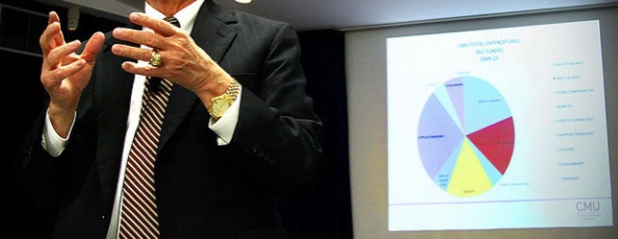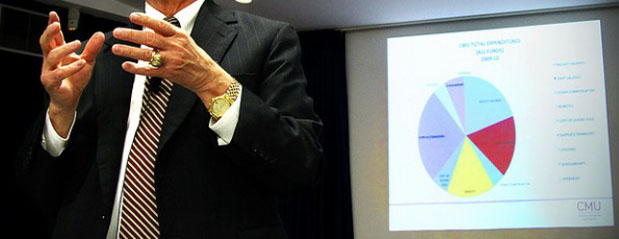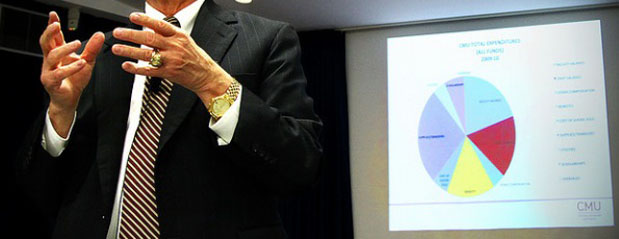Approaches to Project Management

When it comes to an individual’s learning process, one size never fits all, and, similarly, when it comes to project managing a team of individuals, what might have worked excellently before, may not necessarily fit the bill this time.
It would be unusual for there to be a perfect project management method for a new project you’re given.
In the past the traditional Waterfall methodology would have been what most teams adhered to, regardless of whether it was most suitable.
This project management approach is a sequential design process that progresses steadily downwards, and is mostly best suited to software development projects.
The key Waterfall phases are conception, initiation, analysis, design, construction, testing, production, implementation, and maintenance.
And whilst this is the format some projects naturally fit into, others, across different industries and in different environments, do not have a specified end product so cannot be fully quantified and documented at the outset – the very premise of the Waterfall approach.
So the flipside approach would be to tackle the project in the newer method – Agile.
The Agile methodology is a highly flexible and incremental way of design management and building of activities, particularly for the engineering and technology industries.
Delivered in bite sized chunks at evenly spaced intervals, and encouraging an interactive manner, it requires team members from the business who have supplier and customer experience.
However, as both methods become more ingrained in our leadership approaches, it’s a hybrid of the two, and a modern attitude towards accepting that one size does not fit all when it comes to project management, that is coming to light.
This attitude is especially true for projects that use cutting edge technology with break through results in a fast paced industry.
More and more often companies are adopting an internal project management framework that combines both methods without deliberately recognising that they are doing so.
So an iterative approach might be used within a Waterfall method without any mention of Agile being used.
In a similar way, sometimes in an Agile project a detailed and documented communication plan more appropriate to the Waterfall method will become necessary in order to deliver a successful, completed project.
Ultimately when it comes to a project, assessing all the elements that will make a project successful and sticking to this is what counts rather than the particular methodology you’ve followed.
As technologies, practises, and industries evolve, the way a project is managed will continue to change, so what is learnt along the way shouldn’t be shunned as not fitting with a preconceived idea of how things are supposed to work.
Celebrating the fact that one size does not fit all is what makes the way each business approaches a project diverse and consistently engaging, interesting, and always achieving the best results.




